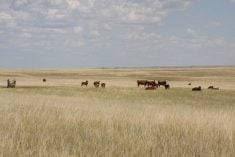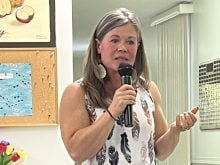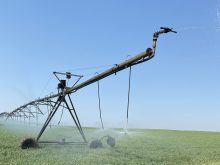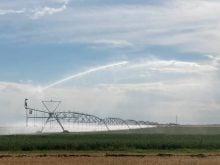REGINA — The planned Westside Irrigation Rehabilitation Project in Saskatchewan will undergo a provincial environmental assessment.
The Water Security Agency announced in April it had self-declared the project for assessment to ensure transparency. Critics have said there are environmental and societal concerns about the WIRP, part of a much larger proposed three-phase irrigation and water supply project, as it moves forward.
WSA chief executive officer Shawn Jaques said the assessment will be completed and forwarded to the environment ministry to help address some of those concerns.
Read Also
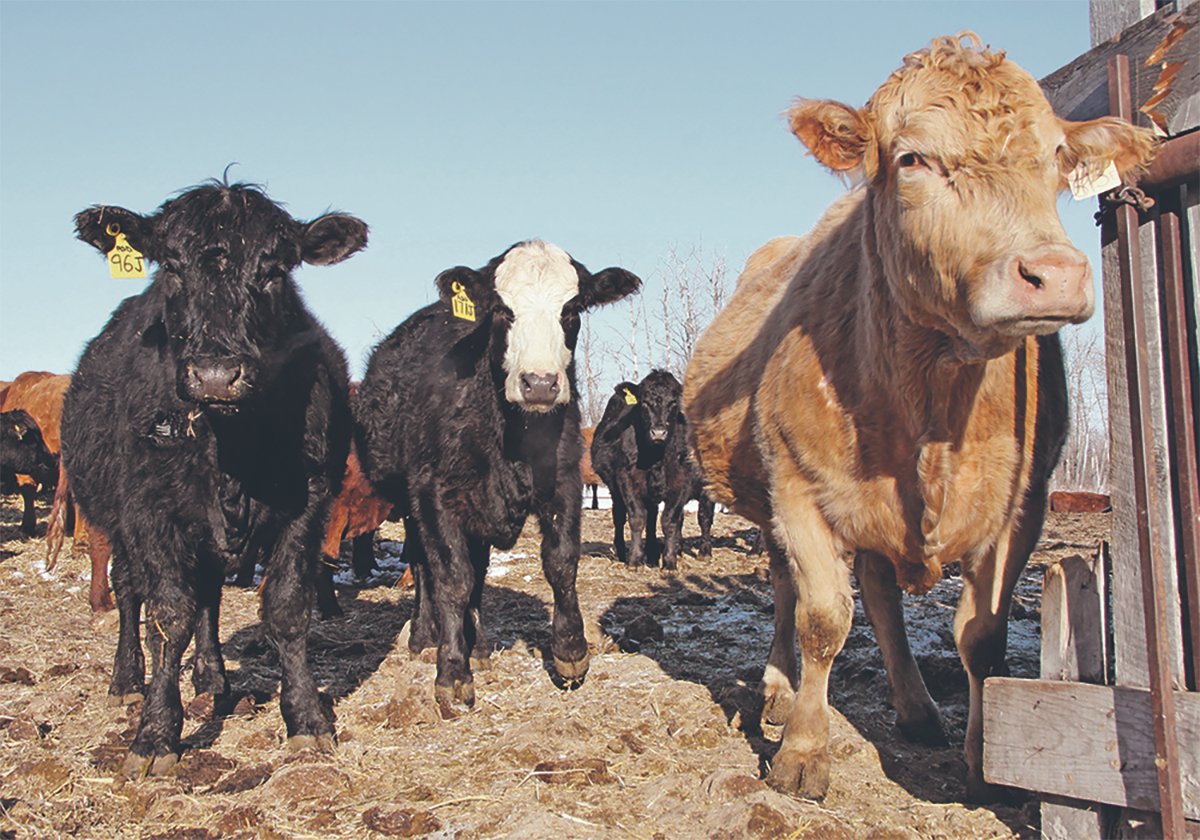
Livestock inspection costs increase in Saskatchewan
The Sept. 1 50-cent increase to livestock inspection fees may seem like another hit when everything is going up, but the chief executive officer of Livestock Services of Saskatchewan said producers should consider the value they receive in return.
The WIRP is not large enough to trigger a federal environmental impact assessment, but Jaques said the province is forwarding all its information to federal agencies and departments.
Premier Scott Moe announced just more than a year ago that the WIRP would proceed.
It was to cost $1.15 billion and add 90,000 acres of irrigation in the Lake Diefenbaker area. All but three kilometres of the 45-km canal were built decades ago and only require refurbishment.
The Macrorie Irrigation District has been using the first 23 km of canal as a reservoir and irrigating 3,000 acres from it.
As well, Jaques said one full embankment for the Conquest reservoir, part of the WIRP, was already completed in the 1970s.
“It’s not like we’re starting from scratch and digging a brand new canal and having to plot out where it goes and designing where a reservoir is going to be built,” he said.
Jaques said the footprint for the main pump station is already there, too.
“The next level of engineering is looking at, is this structurally sound?” he said.
“We have to scope out, do we need to expand the canal a little bit? We have to line it properly. That’s all the work, plus the environmental pieces.”
The irrigation project has been described as generational, and Jaques said following all the environmental and regulatory processes is critical.
About 15 studies looking at various environmental aspects have already been done, such as examining burrowing owl habitat, fish habitat and species and plant species. They aren’t public yet but will be once the full assessment is complete, he said.
Consultation with Indigenous people and other stakeholders has been done and is ongoing, he said. That input will also factor into the assessment.
“We hear the concerns on the environment side and that’s why we want to do this,” Jaques said.
“This assessment is self-declaring to make sure people are comfortable and we’re showing that we’re transparent with this project.”
The planning and engineering work done so far by Prairie Engineering, a joint venture between Stantec and MPE Engineering, now shows the WIRP could actually irrigate 100,000 acres.
The WSA said the timeline for construction to begin is late 2026 to early 2027, and the environmental assessment should be done this year.
“We’re hoping this will be done over the summer,” he said.
“It’s not going to add years.”
Concerns about the project have included whether there is enough water to add irrigated acres and still supply downstream communities including First Nations.
Jaques said the amount used will be equal to what evaporates from the lake each year. Power generation from the Coteau Creek hydroelectric station will continue; SaskPower undertook a $71-million upgrade at the station over the last few years.
The province had hoped the federal government would contribute to project costs, but there is no commitment yet. Jaques said WSA is keeping the fisheries and oceans department, as well as the Impact Assessment Agency of Canada, in the loop.
The WIRP will be cost-shared with producers who want to irrigate, but that arrangement is still not finalized, pending participation from Ottawa.
The overall cost may come down thanks to the early findings that more acres could be accommodated and that some of the infrastructure is in better shape than expected. For example, Jaques said the concrete at the substation where the pump station will be built is in good shape and doesn’t have to be repoured.
More than 160 people attended two recent public information sessions in Conquest to discuss the project, he added.
Contact karen.briere@producer.com








